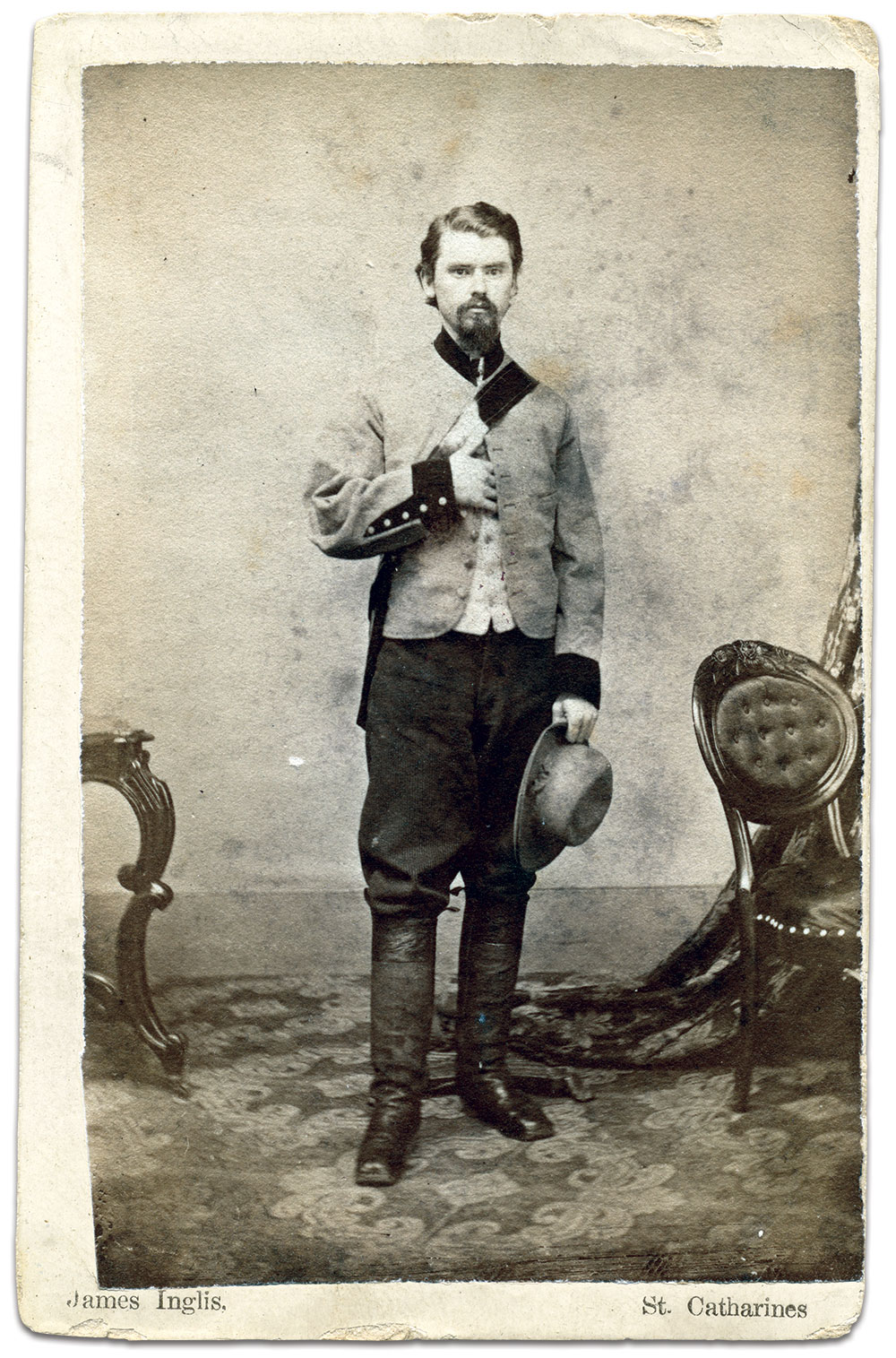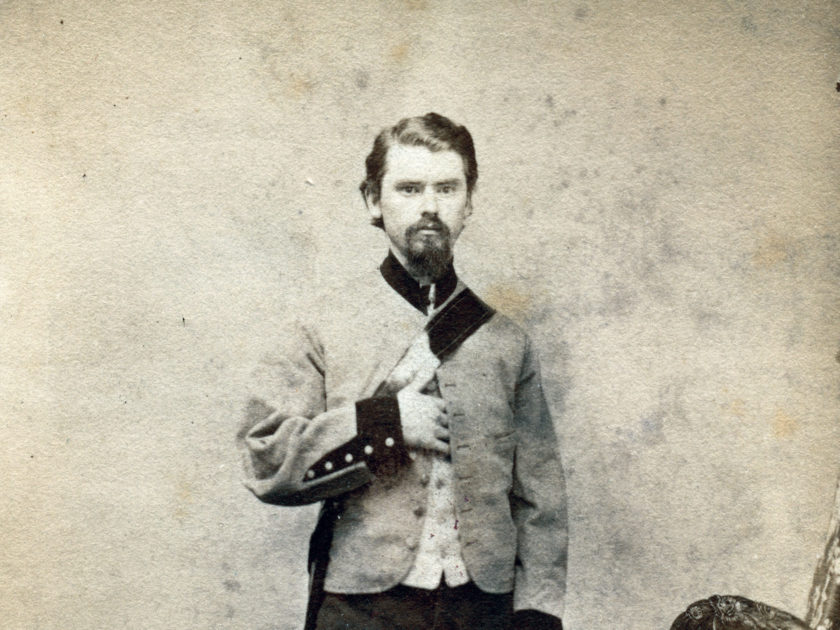Gray-bearded Capt. Fred Beall was conspicuously absent from the 1920 dedication ceremony for a memorial amphitheater at Arlington National Cemetery. The influential commander of the Washington, D.C., Confederate Veterans camp refused to attend because his organization was excluded from the event’s planning. Moreover, the new structure was inscribed with the names of only federal leaders, which was not in the spirit of “a memorial to valorous and patriotic Americans from any State or section.”
Beall, a native Georgian raised in Alabama and educated in Tennessee, taught mathematics in Mississippi when the war began. In 1862, he joined a company of Mississippi Partisan Rangers that became part of the state’s 10th Cavalry. “I never missed a fight from the time I enlisted till the close of the war, and we were engaged in many hard battles,” he recalled. The unit’s battles included the Battle of Iuka, where Beall was promoted to first sergeant.


He was with Gen. Joseph E. Johnston’s army at its surrender in April 1865. Beall eluded Union authorities and escaped to the South, attaching himself to the entourage of President Jefferson Davis for a time.
Beall arrived at his home in Mississippi on May 17, 1865. He never formally surrendered. “I am still a Confederate, as devoted to the cause as ever,” he proclaimed later in life. He eventually left Mississippi and relocated to Washington, where he became active in the local Confederate Veterans camp. In 1916, he became commander of the organization, and served until his death at age 91 in 1929.
Buried in the Confederate section of the Cemetery, his grave is located in the fourth of six rings arranged in a great circle around a bronze memorial. In the distance, and within viewing range from his tombstone, sits the amphitheater, which he protested.
This portrait is part of the Arlington National Cemetery (ANC) Book Project. Established by Jim Quinlan, owner of The Excelsior Brigade, its mission is to identify approximately 15,000 Civil War veterans interred on the hallowed grounds of the cemetery, and to provide a biographical sketch and photograph of each individual. If you have an image to share, or would like more information about the ANC project, please contact Jim at 703-307-0344.

